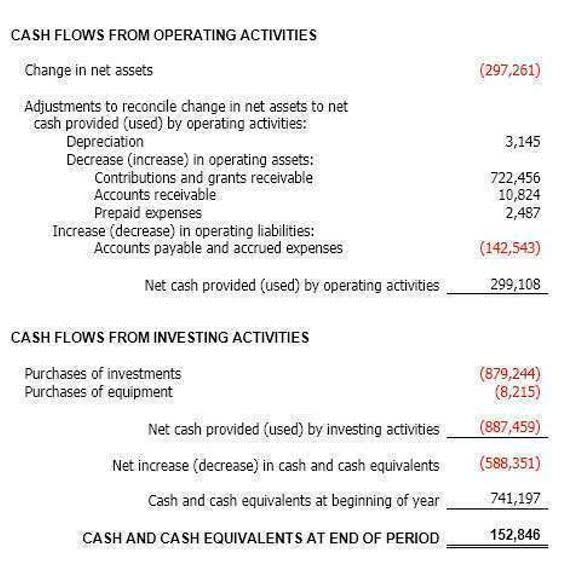
Shareholders, analysts and potential investors use the statement to assess a company’s profitability and dividend payout potential. Retained earnings are reported in the shareholders’ equity section of a balance sheet. There can be different purposes of retained earnings depending on the nature of the business.
Retained Earnings (RE) are the accumulated portion of a business’s profits that are not distributed as dividends to shareholders but instead are reserved for reinvestment back into the business. Normally, these funds are used for working capital and fixed asset purchases (capital expenditures) negative retained earnings or allotted for paying off debt obligations. The formula for accumulated deficit equals the prior year’s retained earnings plus the current period’s net income, less any dividends paid out to shareholders. Retained earnings are the profits that a firm has left over after issuing dividends.
What Is the Difference Between Retained Earnings and Dividends?
If you’re calculating retained earnings for your business from scratch, here are the steps you would follow. Even if a business isn’t registered with the state as an LLC or corporation, the steps to calculate retained earnings are the same. Let’s say Pat is a freelancer who earned $6,000 https://www.bookstime.com/articles/in-house-accounting-vs-outsourcing last month and spent $4,000 on business expenses and taxes, including their monthly payroll from the business. Wherever you are in your entrepreneurial journey, whether you’re a part-time gig worker or a side hustler, knowing how to calculate retained earnings can be very helpful.
Calculating retained earnings after a stock dividend involves a few extra steps to figure out the actual amount of dividends you’ll be distributing. Retained earnings are like a running tally of how much profit your company has managed to hold onto since it was founded. They go up whenever your company earns a profit, and down every time you withdraw some of those profits in the form of dividend payouts. Retained earnings (RE) are calculated by taking the beginning balance of RE and adding net income (or loss) and then subtracting out any dividends paid. Stock dividends, on the other hand, are the dividends that are paid out as additional shares as fractions per existing shares to the stockholders. As an investor, one would like to know much more—such as the returns that the retained earnings have generated and if they were better than any alternative investments.
Retained Earnings Formula and Calculation
Thus, stock dividends lead to the transfer of the amount from the retained earnings account to the common stock account. Since cash dividends result in an outflow of cash, the cash account on the asset side of the balance sheet gets reduced by $100,000. Also, this outflow of cash would lead to a reduction in the retained earnings of the company as dividends are paid out of retained earnings.







